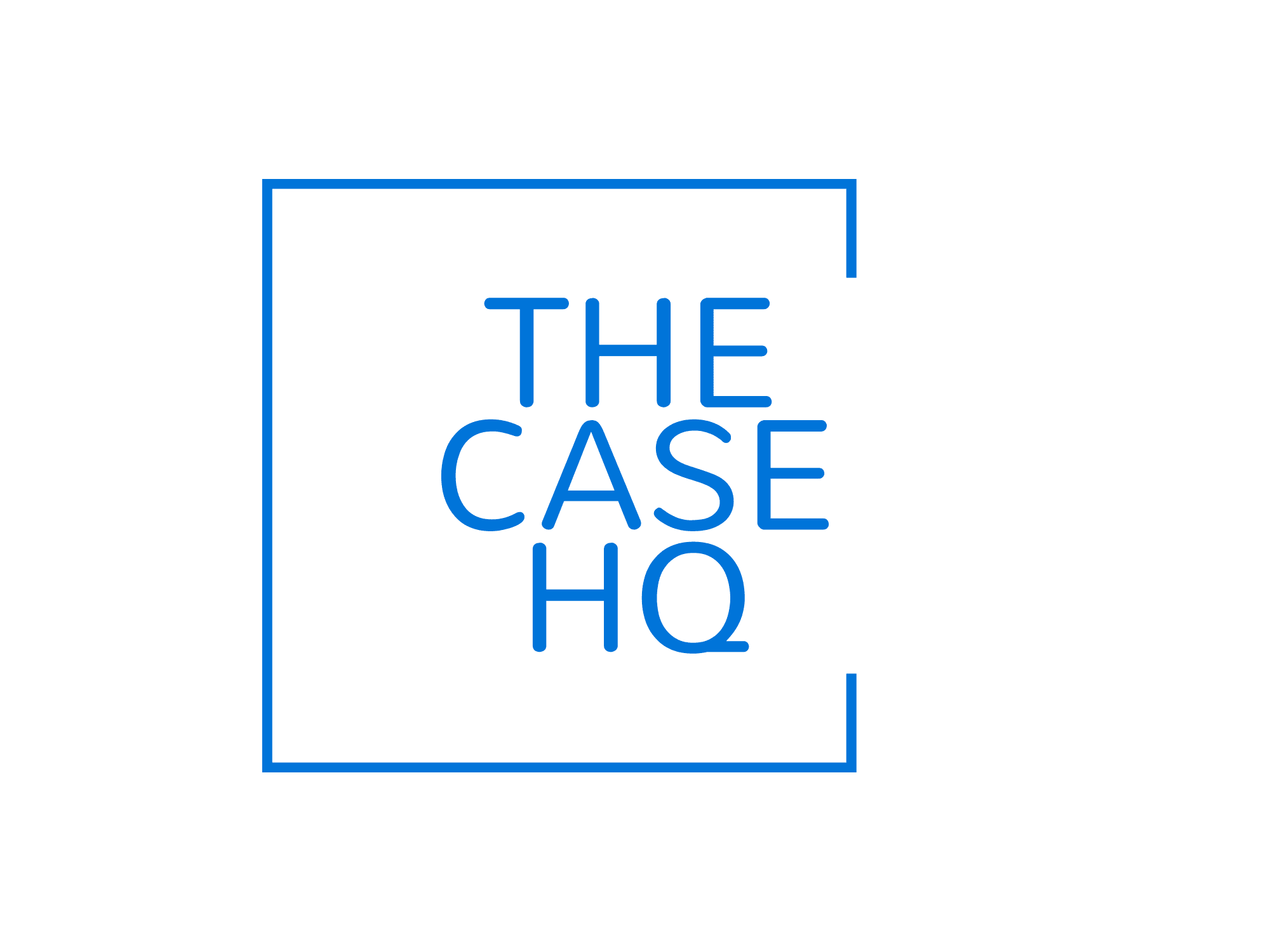AI and continuous real-time assessment are not just buzzwords—they represent a fundamental shift in how we evaluate student learning in the digital age. Gone are the days of static end-of-term exams. In today’s classrooms and virtual learning environments, artificial intelligence is enabling real-time, data-driven, and personalized evaluations that support learners every step of the way.
In this post, we explore how AI is powering a continuous assessment revolution, why it matters, and how educators can integrate these tools effectively.
Critical Role of AI Tools in Preserving Academic Integrity in Education
What Is Continuous, Real-Time Assessment?
Continuous assessment involves evaluating student learning on an ongoing basis rather than through isolated high-stakes tests. Real-time assessment takes this further by using technology—particularly AI—to instantly capture, analyze, and respond to learner performance.
AI enables real-time insights into:
- Comprehension levels
- Engagement rates
- Skill mastery
- Learning gaps
This empowers teachers to adjust instruction immediately and students to receive instant, targeted feedback.
How AI Powers Continuous Assessment
1. Instant Feedback with AI Tools
AI systems can analyze answers—whether multiple-choice, code, or even open-ended writing—in seconds.
- Students receive suggestions on grammar, logic, structure, and accuracy.
- Feedback aligns with rubrics and learning outcomes.
- The system encourages revisions, boosting mastery through iteration.
This process enhances formative learning, not just performance evaluation.
2. Adaptive Testing in Real Time
Using AI algorithms, modern assessment platforms adapt the difficulty of questions based on learner responses. As learners succeed, they’re presented with more challenging items. If they struggle, scaffolding kicks in.
This ensures every student is assessed at an appropriate level, reducing stress while improving diagnostic accuracy.
Example: AI in a Live Classroom Setting
In an AI-enabled science class:
- Students complete mini-quizzes during lessons via tablets.
- The AI tool analyzes responses in real time and adjusts follow-up questions.
- The teacher’s dashboard highlights which students need intervention.
- Students receive feedback during the lesson—not days later.
This feedback loop transforms assessment into an active component of learning, rather than a passive endpoint.
Platforms like The Case HQ emphasize this model by offering educator training in AI-assisted feedback, dashboards, and adaptive instruction.
Benefits of AI and Continuous Real-Time Assessment
| Feature | Impact |
|---|---|
| Timeliness | Eliminates lag between submission and feedback |
| Personalization | Adjusts content to each learner’s needs |
| Equity | Levels the playing field by focusing on individual mastery |
| Efficiency | Reduces grading load and administrative overhead |
| Insightful Analytics | Tracks progress across competencies over time |
Educators learn how to leverage these tools effectively through offerings on the Case HQ Courses Page.
Challenges to Consider
Despite its promise, this approach comes with caution:
- Data Overload: Real-time data must be interpreted meaningfully.
- Bias in AI: Systems must be trained on diverse datasets to avoid reinforcing inequalities.
- Over-Reliance on Automation: Human oversight is essential—AI should augment, not replace, teacher judgment.
- Digital Equity: Not all learners have equal access to the necessary devices or internet connectivity.
Ethical and responsible AI integration, such as that promoted by The Case HQ, is essential for sustainable adoption.
Future Outlook: Always-On Assessment
As education shifts toward lifelong, personalized learning, continuous real-time assessment will become the norm. Expect to see:
- Learning dashboards tracking individual growth over time
- Embedded assessment within learning games, videos, and simulations
- AI tutors providing guidance in real-time
- Progress passports documenting competencies across academic and workplace settings
These changes reframe the role of assessment from grading to growth, from judgment to support, and from delayed feedback to real-time guidance.
Visit The Case HQ for 95+ courses
Read More:
How AI in Grading Rubrics Ensures Unmatched Consistency and Fairness in Education
Powerful Adaptive Learning Paths: How AI Tailors Assessments to Learners’ Needs
Revolutionary AI-Powered Assessment Tools Are Transforming Education Forever
Practical Applications of Generative AI in Education: Turning Innovation into Daily Practice
The Future of Learning and Assessment: Redefining Education for an AI-Driven Era
What Is CAIBS? Discover the Certified AI Business Strategist Program Driving the Future of Work
Certified AI Business Strategist (CAIBS): A Complete Guide to AI Strategy Certification
Inside the CAIBS Course: What You’ll Learn in the Certified AI Business Strategist Program
Why CAIBS Is the #1 Choice for AI Business Professionals in 2025
Certified AI Business Strategist (CAIBS): Career ROI That Pays Off Fast
Is CAIBS Right for You? Eligibility & Readiness for the Certified AI Business Strategist Program
Curriculum Deep Dive: Every Module in the CAIBS Program Explained
Learning Outcomes from CAIBS: Real Strategic Impact for AI Business Leaders
Careers After CAIBS: Top 10 Job Roles for Certified AI Business Strategists



Responses